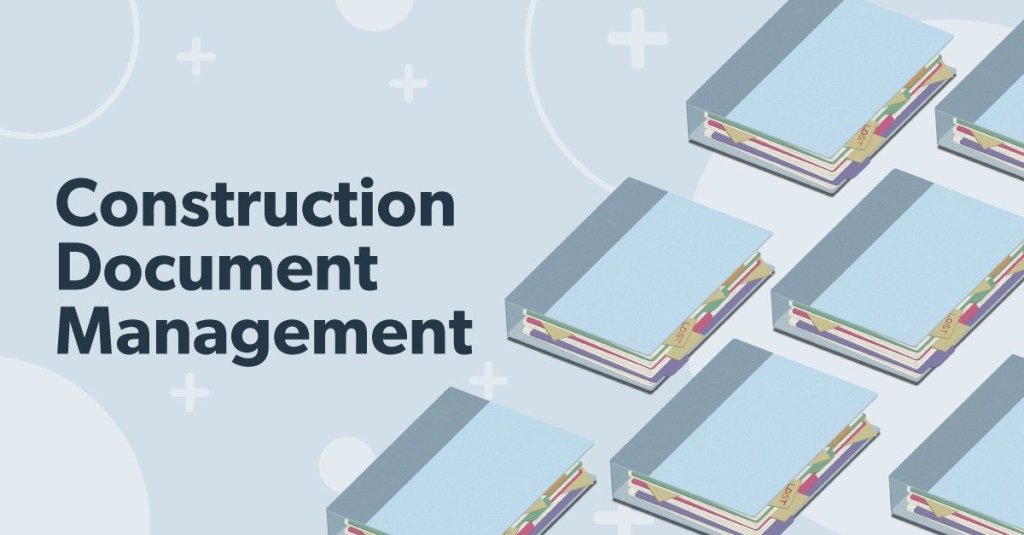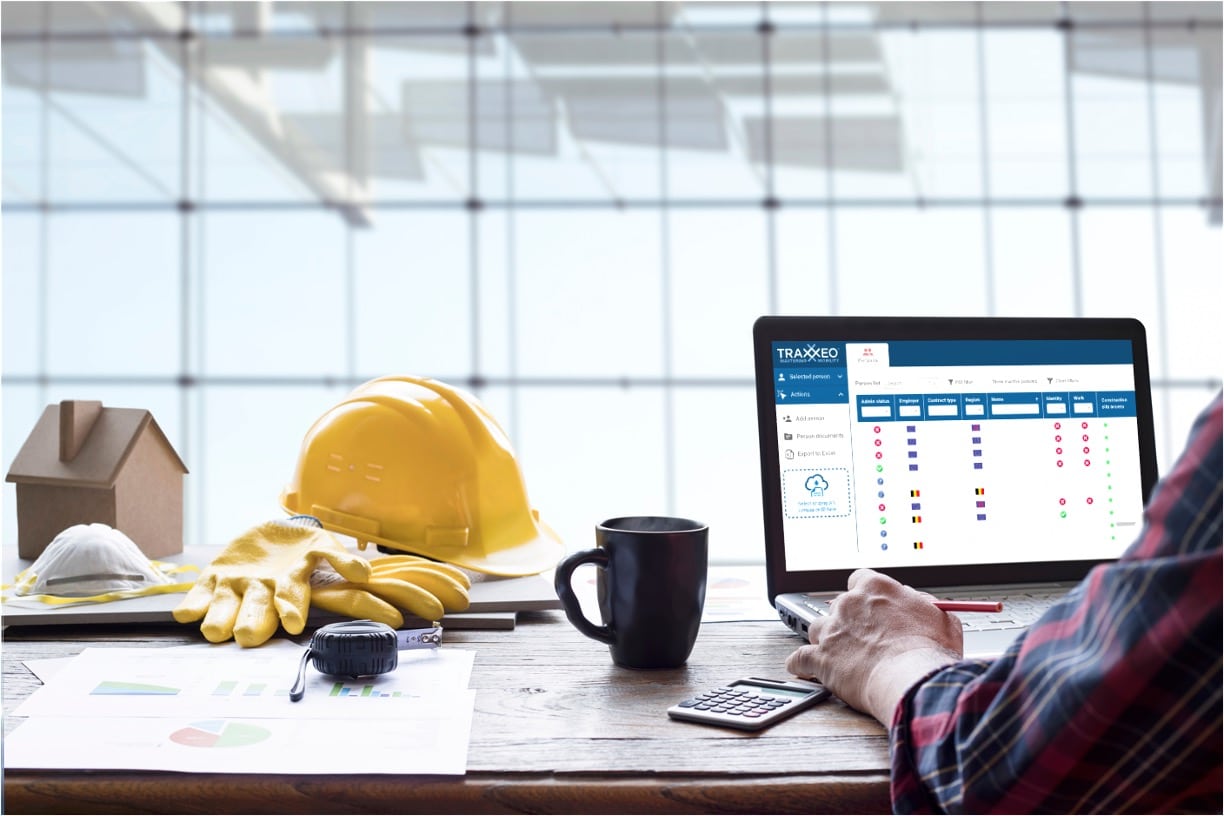Safeguard Your Success: Construction Document Management Strategies for Professionals
Safeguard Your Success: Construction Document Management Strategies for Professionals
Blog Article
Optimizing Task Partnership: Architect's Ideal Practices in Construction Record Administration
In the intricate world of architectural jobs, the efficient monitoring of building records stands as a foundation for success. Engineers, with their precise focus to detail and cutting-edge design remedies, are tasked with coordinating a symphony of sources, stakeholders, and timelines. Among this intricacy lies an important inquiry: how can designers simplify collaboration processes to improve task outcomes? By exploring vital strategies such as leveraging cloud-based systems, developing durable communication procedures, and making certain information safety and security, designers can raise their paper monitoring techniques to brand-new elevations.
Leveraging Cloud-Based Platforms
By transitioning from standard paper-based systems to cloud remedies, designers can streamline partnership, improve record availability, and enhance total job efficiency. This access advertises seamless interaction and coordination among task stakeholders, leading to fewer mistakes and delays in the building and construction procedure.
Additionally, cloud-based platforms give a protected setting for storing sensitive task details, offering file encryption, routine back-ups, and individual authorization setups to shield data stability. Designers can additionally take advantage of the scalability of cloud options, enabling them to readjust storage capability and capability based upon task demands. On the whole, leveraging cloud-based systems equips designers to optimize their building and construction document administration procedures, driving greater cooperation, performance, and success in their tasks.
Implementing Version Control Systems
Having actually developed the advantages of cloud-based platforms in building and construction record monitoring, engineers can currently improve their record control procedures by implementing Version Control Solution. Version Control Solution (VCS) are crucial devices that track adjustments in documents, ensuring that team members are always collaborating with the current and most exact information. By executing VCS, designers can preserve a centralized repository where all project documents are stored, enabling smooth cooperation while minimizing the risk of mistakes and variation disputes.
One secret advantage of Version Control Systems is the capacity to track the full background of paper modifications, allowing users to change to previous variations if needed (construction document management). This feature is particularly beneficial in building and construction tasks where layout versions and modifications prevail. VCS assists in better interaction amongst team participants by offering a clear audit trail of that made particular changes and when they were made. This openness not only improves accountability yet likewise helps in resolving disagreements or inconsistencies that might develop throughout the job lifecycle.
Establishing Interaction Protocols
To make sure efficient and efficient task coordination, engineers should develop clear and durable interaction protocols within their building record monitoring processes. Interaction methods define the methods, frequency, and channels via which staff member exchange info, updates, and feedback. One necessary facet of establishing these protocols is figuring out a central interaction system where all project-related conversations and document sharing can happen. This system might be a task monitoring software, email threads, or cloud-based storage solutions. By setting guidelines on exactly how details is shared and how staff member communicate with each other, designers can simplify the circulation of data and avoid miscommunications or delays in the building process.
In addition, interaction procedures ought to also include standards on exactly how to deal with conflicts, modification orders, and immediate problems that may develop throughout the job lifecycle. Establishing a structured strategy to interaction guarantees that all stakeholders are on the exact same page, promotes openness, and eventually adds to the successful completion of the building project.
Making Use Of BIM Software Program for Sychronisation
BIM software plays a crucial function in enhancing control among task employee in the building and construction sector. Building Details Modeling (BIM) assists in collaboration by supplying a centralized system where architects, engineers, contractors, and other stakeholders can function together in a worked with manner. With BIM software, job individuals can access and update a go to my blog shared version that contains in-depth information regarding the structure design, building parts, and project routines.

Moreover, BIM software application enables real-time cooperation and communication amongst employee, no matter of their physical place. Through cloud-based BIM systems, project stakeholders can access the current job details, track modifications, and make informed decisions immediately. On the whole, leveraging BIM software application for coordination improves project effectiveness, productivity, and eventually leads to successful task results.
Ensuring Data Safety and Conformity
In the realm of construction document administration, securing information stability and making sure regulative conformity are vital considerations for designers and other best site project stakeholders. Engineers must apply durable safety procedures to secure sensitive project details from unapproved gain access to or violations.

Conclusion
Finally, engineers can optimize job collaboration in building document administration by leveraging cloud-based platforms, implementing variation control systems, developing communication procedures, making use of BIM software for sychronisation, and making certain data safety and security and conformity. These finest techniques help improve the building and construction procedure, improve communication amongst task stakeholders, and enhance efficiency in job delivery. By complying with these standards, engineers can effectively handle building papers and facilitate successful project results.
With BIM software, job individuals can access and upgrade a common version that has detailed information regarding the building style, building elements, and task timetables.
Via cloud-based BIM systems, task stakeholders can access the most recent task details, track adjustments, and make educated choices without delay - construction document management. Overall, leveraging BIM software for coordination enhances task performance, performance, and eventually leads to effective job outcomes
In conclusion, architects can optimize project collaboration in building and construction record monitoring by leveraging cloud-based check over here platforms, executing version control systems, developing communication protocols, making use of BIM software for coordination, and making certain information safety and compliance. These ideal methods help streamline the building and construction process, improve communication amongst job stakeholders, and enhance performance in job delivery.
Report this page